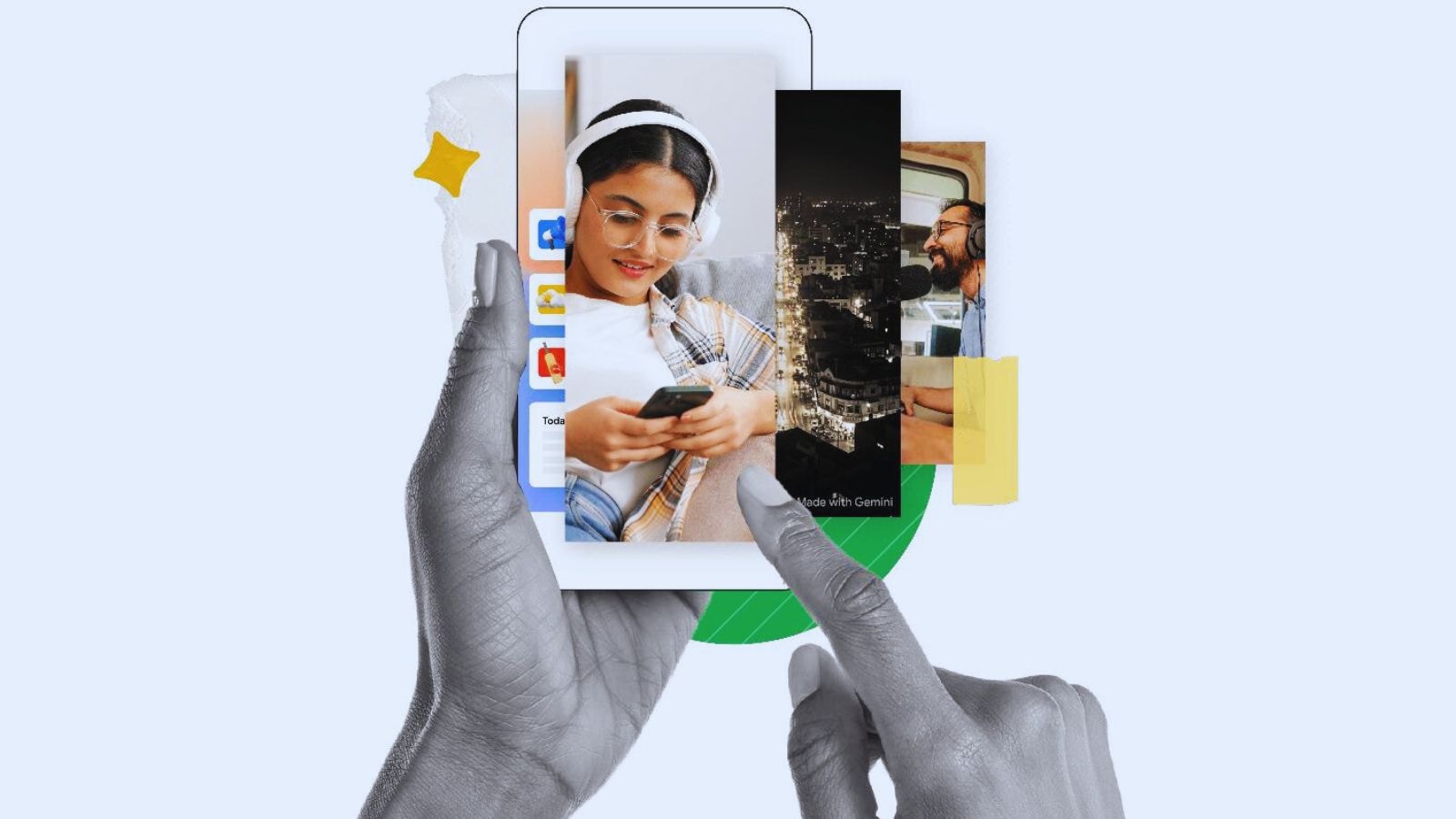Gen Z have been at the receiving end of brickbats owing to their attention spans, platform choices, and rapidly changing preferences. However, when it comes to news consumption, the first true digital natives have a rather nuanced approach. A joint report by Google and Kantar shows that Gen Z is not moving away from news; instead, they are consuming it differently.
The report titled Bridging the Gap: Reimagining News for Gen Z reveals how India’s youth aged between 15 and 28 years is engaging with news. The study is based on surveys and interviews conducted with over 4,000 youth from across 40 Indian markets in eight language clusters.
According to the Kantar ICUBE Urban 2024 report, India’s Gen Z, which accounts for 16 per cent of the urban population, is the country’s most internet-connected generation. With 87 per cent internet penetration among them, they prefer emotionally resonant, interactive, and visually engaging styles over traditional news formats that seem linear.
“This is a generation that wants news that is accurate, trustworthy, and emotionally engaging. To genuinely connect, it is critical to adapt storytelling and formats to their digital lives,” said Durga Raghunath, head of news partnerships at Google India, adding that the findings are a call to action for newsrooms.
What are the key findings?
As many as 96 per cent of Gen Z news readers find content online, while for 65 per cent news consumption is incidental, meaning it occurs only during idle scrolling or breaks. When it comes to platforms, social media at 91 per cent and video platforms at 88 per cent are their top news sources, where they are lured by creators. Regardless, traditional news organisations seem to retain more trust (47 per cent) compared to creators (38 per cent) and niche influencers (39 per cent).
According to the report, language and format also play a vital role. While 42 per cent of Gen Z prefer English for reading articles, 56 per cent favour local languages for video and 57 per cent for audio content, citing that these are easy to understand and share. On the other hand, AI tools are also increasingly used to gain deeper understanding. As many as 84 per cent of respondents said that they have used generative AI to explore or even verify news. AI is used often for instant answers, simplified summaries, or translations.
“Gen Z aren’t just consuming news; they’re curating it. They want credible information that’s visually appealing and relevant to their lives. This is a moment of reinvention for publishers,” said Biswapriya Bhattacharjee, director at Kantar.
Story continues below this ad
For news organisations, the report also recommends various strategies, including creating short, visual-first content for social media; using conversational or relatable tones, possibly local languages; collaborating with influencers or in-house talent; presenting news as a tool for identity, utility, and participation; and embedding fact-checks and sources directly into content to build trust.
© IE Online Media Services Pvt Ltd

